Mindful planning and creativity can go hand in hand—especially when we weave sustainability into our daily routines. If you love the tactile joy of sticker planning in your Hobonichi Weeks or Cousin planner, you might wonder how to enjoy decorative flair without a heavy carbon footprint. As passionate planner makers, we believe it’s possible to savor every detail while keeping the planet in mind. Below, we’ll dive deep into eco-friendly sticker tips, practical habits, and sustainable choices that work beautifully with our favorite planners—and can spark new inspiration in your paper journey.
Sustainability isn’t just a trend—it’s a mindful commitment. As planner devotees, every tiny decision, from the paper we use to the stickers we select, has the potential to reduce our impact. Stickers, while small, can accumulate as waste, especially when made with vinyl, PVC, or non-recyclable papers with harsh adhesives. By shifting toward planet-friendly options and thoughtful sticker use, we become more present in our planning and our world.
Not all stickers are created equal when it comes to eco-consciousness. Here’s what we prioritize:
Eco-friendly planning isn’t only about products—it’s about how we use and reuse materials. Here are strategies we love:
At Dark Moon Paper, our sticker kits are designed with both creativity and sustainability in mind. While not every sticker on the market is fully compostable (especially those with a protective finish), we’ve prioritized high-quality paper stocks and aim for minimal, recyclable packaging. Our functional and decorative stickers—including those sized for Hobonichi Cousin and Weeks—enable you to use just what you need, reducing excess and aligning beautifully with a mindful approach.
Here are a few kits curated with versatile, minimal-waste designs—each one thoughtfully crafted for popular planner sizes:
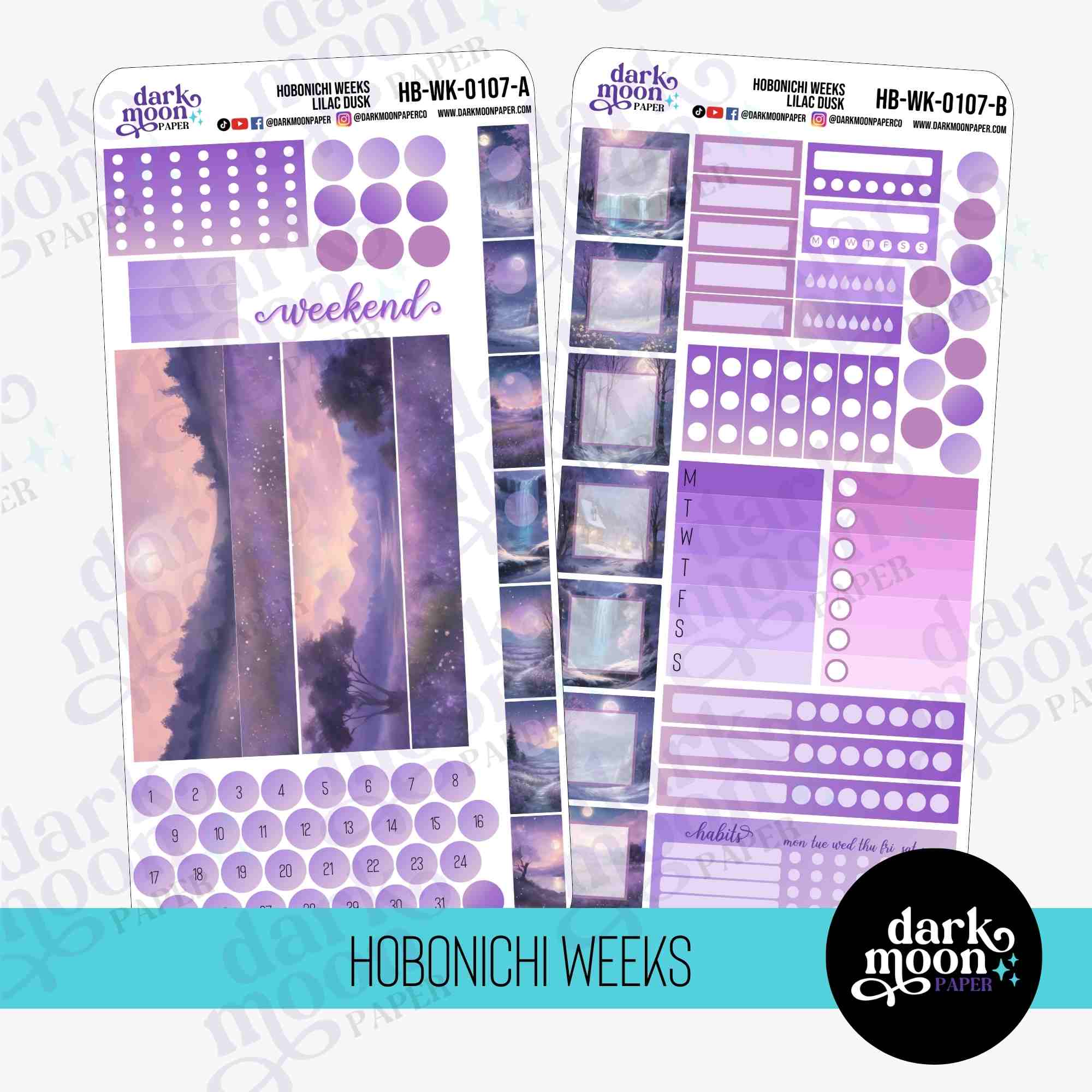
Lilac Dusk Hobonichi Weeks Kit: Elegant, compact, and perfect for both decorative and functional needs. Each sheet is precisely cut for maximum usability and minimal waste.
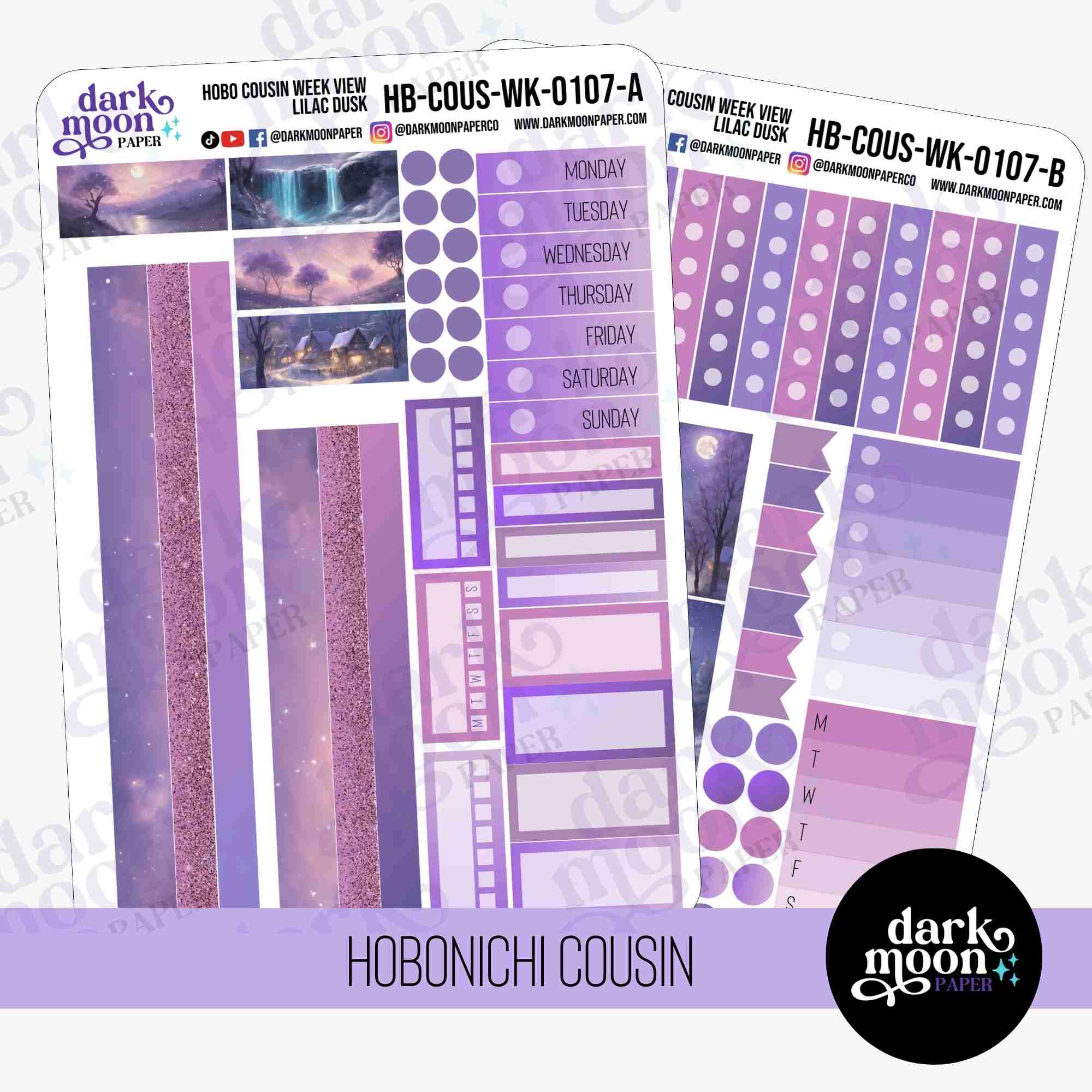
Lilac Dusk Hobonichi Cousin Kit: Vibrant, layered art for A5 layouts, with versatile text labels and date covers to minimize the need for extra supplies.
Get the most from every sheet and reduce waste over time with these techniques:
Sometimes, the trimmings from your sticker kits can become the most unique elements in your planner. Here’s how to upcycle and reduce waste:
One of the joys of functional-meets-artistic planning is learning to do more with less. A well-designed kit provides essentials—headers, checklists, icons, decorative boxes—in one place, cutting the need for multiple sheets or additional supplies. Our kits, like the ones made for Hobonichi Weeks and Cousin, are meant to be flexible: each element can be mixed and matched, ensuring nothing goes to waste and every sticker plays a part in your creative vision.
Eco-friendly planning isn’t about perfection—it’s about making better choices, one sticker at a time. We encourage you to savor each sheet, reuse your favorites, and let nothing go to waste. By combining mindful consumption, creative reuse, and selections thoughtfully made for your Hobonichi Weeks or Cousin, you’ll discover that planning sustainably is both deeply satisfying and inspiring.
If you’re looking for beautifully designed, versatile sticker kits that blend creativity with practical, eco-aware values, browse our latest collection here. Thank you for joining us on this mindful, artful planning journey!
Stickers Made for Planning
Our custom stickers are a fuss-free way to brighten up your planner pages with perfectly-sized designs that add a spark of personality to every layout.
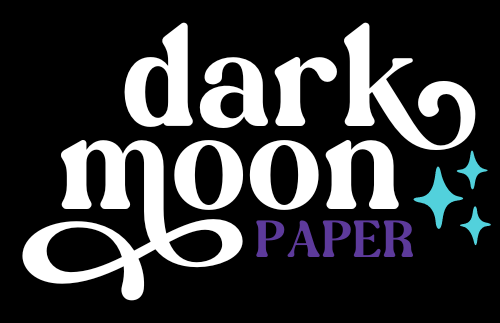
Why use planner stickers?
Planner stickers make organizing easy, fun, and personal! Add color, creativity, and structure to every page, transforming your planner into a tool that reflects you. Perfect for tracking, decorating, and staying inspired daily!
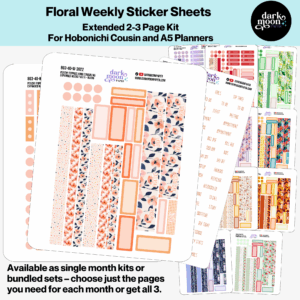
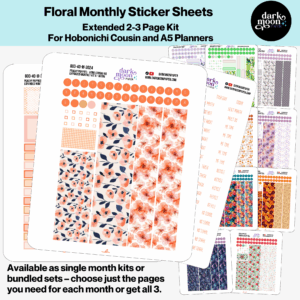
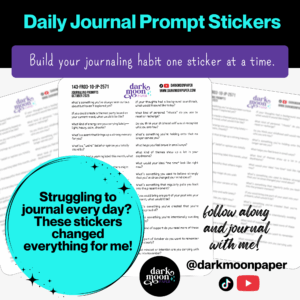
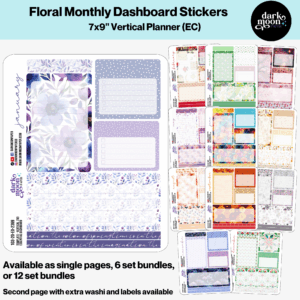
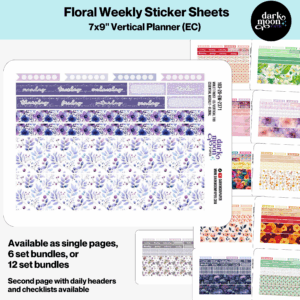
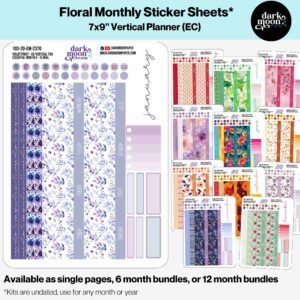
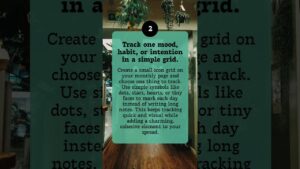
Hello and welcome!
I’m Kat, the artist behind Dark Moon Paper. I started this studio to blend my love of art, handwriting, and the small rituals that make everyday life feel magical. My sticker kits and creative resources are made to set the mood, spark ideas, and give you a little escape from the ordinary.
I create from a cozy studio in the Oregon woods, surrounded by nature and a clear view of the stars.
✨ Artistic inspiration for your planner. ✨